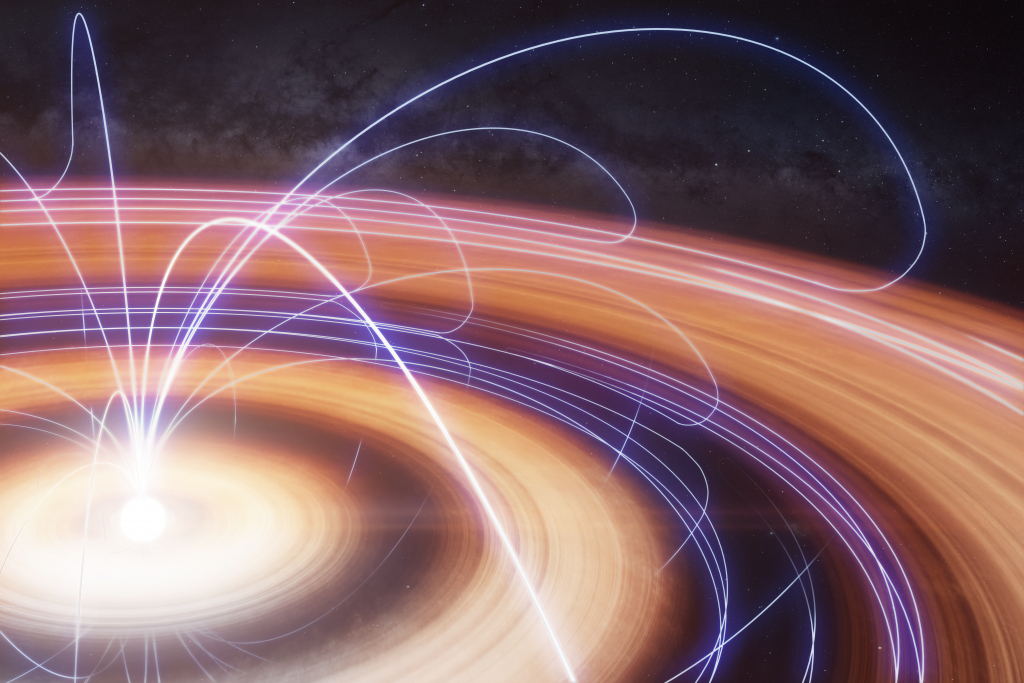Astronomers have created a detailed map revealing the magnetic fields weaving through TW Hydrae, one of the closest known stars with a planet-forming disk, using the Atacama Large Millimeter/submillimeter Array (ALMA).


Sep 15, 2025
Astronomers have created a detailed map revealing the magnetic fields weaving through TW Hydrae, one of the closest known stars with a planet-forming disk, using the Atacama Large Millimeter/submillimeter Array (ALMA).

Sep 8, 2025
The U.S. National Science Foundation National Radio Astronomy Observatory (NSF NRAO) is celebrating a historic achievement: research using our telescopes has now been cited over one million times in scientific literature!

Sep 8, 2025
Astronomers using the Atacama Large Millimeter/submillimeter Array (ALMA) have made the highest resolution image to date, revealing new insights into the unusual and mysterious architecture of the debris disk encircling Fomalhaut, one of the brightest and most well-studied stars in our cosmic neighborhood.

Sep 8, 2025
This week-long effort, conducted in July 2025, brought together researchers, students, and experts from across academia, government, and industry to study spectrum usage in the 7.125 to 7.4 GHz band.